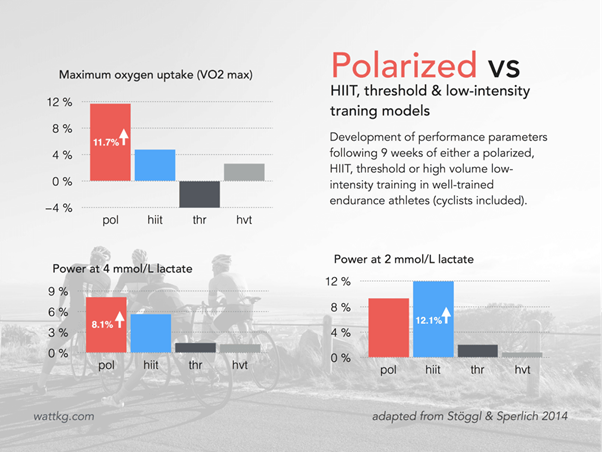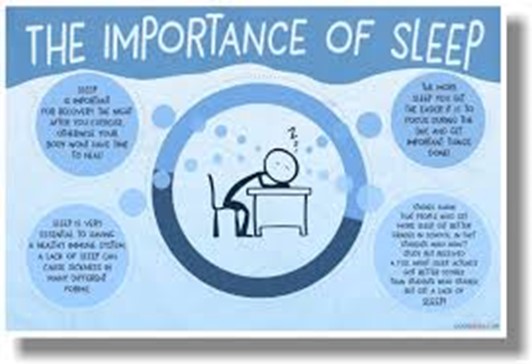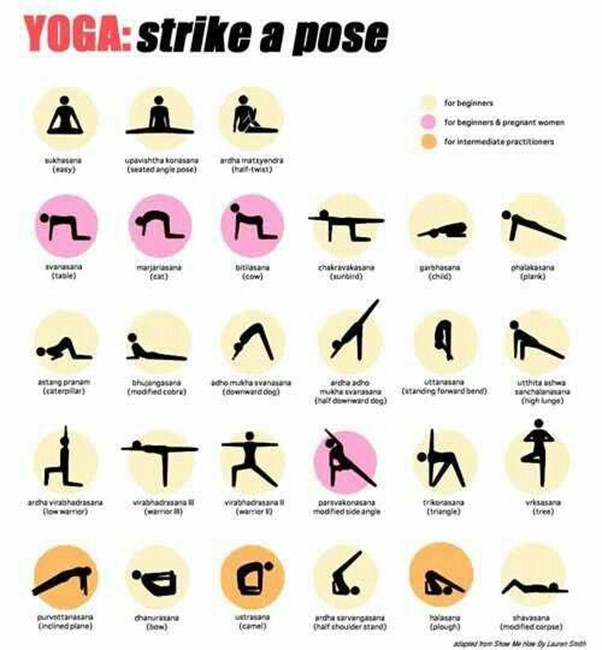I love Running. Over the past few years I have been gathering information that should hopefully help in your preparation for the marathon. Below is my A-Z of marathon training. I hope you enjoy learning about the marathon as much as I did.
A – Accountability: Find a running buddy, join a running group, or hire a coach to help keep you accountable and motivated. JSK, Metro, FLJ’s and JogScotland’s Hazelhead/Oldmeldrum/Bridge of Don/Blackburn are all great clubs local to Aberdeen. Look them up.
B – Base mileage: Before you start training for a marathon, make sure you have a solid base of weekly mileage that you’ve been consistently running for a few months. This is important for new runners undertaking a marathon for the first time. It takes longer than a 16 week to prepare for a marathon if your running experience is low. Mileage can be logged in the Strava, Garmin or Map my Run apps.
C – Cross-training: Incorporate cross-training activities like cycling, swimming, or yoga to help build strength and prevent injuries. Strength training is one of the most researched methods to help reduce injuries and improve performance. A lot of runners fear they may get too bulky for running, but simple physiology and the principles of training show this isn’t the case. My thoughts on strength training are: – I don’t like doing dishes, but I like to eat from a clean plate… It helps me keep doing something I love: running.
D – Diet: A healthy and balanced diet is important for fuelling your body during marathon training. Focus on eating a variety of nutrient-dense foods to support your training and recovery. This isn’t one of my strong points and there are a couple of really good health coaches who can help you in this area – Meryl Cooper Coaching and Coaching By Claire are just two local to Aberdeen.
E – Endurance: Marathon training requires building endurance over time. Gradually increase your long run distance each week to prepare for the full 26.2 miles. A personal rule of thumb I use with clients is that the longest run of the week shouldn’t be more than 50% of your total weekly volume..
F – Form: Proper running form is important for running efficiently and reducing your risk of injury. Focus on good posture, a relaxed upper body, and a quick turnover with your feet. This is an area I have been developing over the past 5 years. Gait analysis and Running MOTs can be booked into the clinic to work alongside your running form and if needed, improve efficiency and reduce injury risk.
G – Goal-setting: Set specific and realistic goals for your marathon training to help stay motivated and track your progress. Goal setting becomes important, especially when deciding in what time frame to complete your marathon. If you don’t have a rough idea of your finishing time, it is hard to know what pace to train at and, more importantly, what pace to stick to at the start of the marathon. Even if you keep it to yourself, this is a key marker to help with your training.
H – Hydration: Proper hydration is crucial for optimal performance and recovery. Make sure to drink plenty of water and electrolyte-rich fluids throughout your training. You may also feel thirstier in general, so keep the fluids topped up outside training too. Drink to thirst is an important rule of thumb.
I – Injury prevention: incorporate strength training, stretching, and foam rolling into your training routine to help prevent injuries. The Running From Injury eBooks have guided many runners through the introduction to strength by focusing on the main strength areas required for running.
J – Joints: Take care of your joints by wearing proper shoes, maintaining good form, and cross-training to reduce the impact of running. Remember, running in moderation has been shown to be better for your joints than elite or sedentary lifestyles. Running between 30-50 miles per week is well within the moderate range. Elite mileages of 100 miles a week or more have been shown to cause changes in the joints.

L – Long runs: The cornerstone of marathon training, long runs help build endurance and mental toughness for race day. Remember, your long run should ideally be 50% of your total weekly volume and you build it up gradually over the training phase.
M – Mental toughness: Running a marathon requires not just physical strength, but also mental toughness. Practice visualization and positive self-talk to help prepare your mind for the challenge. There are some great podcasts available to help with this. I recently used the services of Don Vasey, a sports psychologist, to help me prepare for the long runs. His insights helped me mentally prepare for the day.
N – Nutrition: Proper nutrition is key to fuelling your body during training and recovery. Make sure to eat a balanced diet with plenty of whole foods.
P – Plan: Follow a structured training plan that gradually increases mileage and intensity to help prepare your body for the marathon distance. Sometimes there are accelerated plans available on the internet. I would advise coupling your running experience with what the plan is asking you to do. If you are new to running marathons, it would be ideal to take longer than 16 weeks by building a base mileage first.
Q – Quality over quantity: Focus on quality runs over quantity. Incorporate interval and tempo training to improve speed and endurance. The quality of your run could be that you ran it slowly enough rather than too quickly. Sometimes the point of a session is to recover, not to put more stress on the body. Enjoy the slow runs.
R – Rest and recovery: Proper rest and recovery is crucial for avoiding injuries and optimizing performance. Make sure to take rest days and incorporate recovery techniques like stretching and foam rolling. Rest and recovery don’t just mean exercise. It can be a nice walk, lunch or time socialising. The marathon takes up a lot of your time, so using the time with friends can be great.
S – Speed work: incorporate speed work, such as interval or tempo training, to improve running efficiency and speed. The polarization method is a common training methodology where 20% of your weekly volume is done at high intensity and 80% at low intensity. This helps to improve your aerobic and anaerobic capacities.
T – Taper: The taper period is the final two to three weeks of training where you gradually decrease mileage and intensity to help prepare your body for race day. It’s not uncommon to feel the body start to creak and groan during taper. This is normal as the training volume and intensity reduce. It can be known as “Taper-itis or Mara-noia”
U – Understanding your body: Listen to your body and adjust your training plan as needed to avoid injuries and optimize performance. The famous quote goes ” you will finish the marathon training a different person than the one who starts the process.” You will learn so much about what the body can achieve.
V – Visualization: Practice visualization techniques to help prepare your mind and improve mental toughness. This was one method Don used with me. Focus on you crossing the line, focus on how you will feel in that moment. Focus on the pride you will bring family, charities and friends who have helped you on your journey.
W – Warm-up and cool-down: Proper warm-up and cool-down routines can help prevent injuries and improve recovery. W can be for walking – a method that helps you both warm up and cool down.
X – X-train: Cross-training activities like cycling, swimming, or yoga can help build strength and prevent injuries. X + 1 is also the number of gels you will likely need if X is the amount you have packed 🙂
Y – Yoga: Incorporating yoga into your training routine can help improve flexibility, reduce stress, and prevent injuries. There are some great teachers around Aberdeen, Ali Mathers does a Monday night class for runners online – a great resource.
Z – Zzz’s: Proper sleep and recovery is important for optimal performance and training. Aim for 7-8 hours of sleep each night. This is where your body adapts to the mileage – poor sleep poor adaptation…it means all that hard miles aren’t being absorbed by the body.
I hope you found this A to Z guide to marathon training helpful. Good luck with your training and on race day!
Find out more at @physiorun / www.physiorun.net / youtube.com/physiorun
Thanks for Reading
James @physiorun



